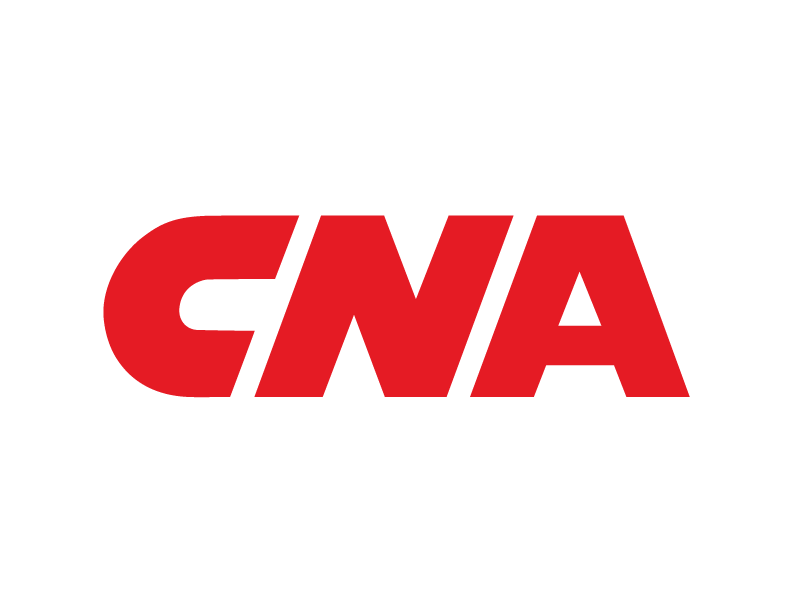Navigating the Future of Insurance: A Conversation with Susan DuHamel, VP National Distribution & Field Leader at CNA
As the insurance industry faces a rapidly evolving landscape, leaders like Susan DuHamel are helping shape a thoughtful and resilient path forward. We sat down with Susan to discuss the future of insurance, the role of AI, and how the industry can continue to serve clients in an increasingly complex world.
What do you see as the major issues that will define the future of our business in the next 10 years?
The future of our business will be shaped by a combination of emerging risks and evolving expectations. Severe weather, AI and technology, and the ongoing talent crisis are all top of mind. We’re also seeing a growing need for personalization and flexibility in how we manage risk, as well as a widening protection gap that challenges us to stay relevant and accessible. The challenges of today and tomorrow are increasingly complex and interconnected. To be solved, we’ll need increased collaboration between business and government. At the heart of it all is our identity as an industry—we’re not just risk managers, we’re enablers of the future. That’s a powerful role to play in an uncertain world.
Technology is always advancing. What’s your view on how Generative AI is transforming our industry?
AI is a transformational tool, but it’s just that—a tool. It’s helping us become more efficient, more responsive, and more precise in everything from underwriting and claims to customer service. It’s also enabling more personalized products and services. But we must be thoughtful. Regulation, data privacy, and fairness are critical. And we can’t forget that AI is also changing the world around us. We need to monitor what AI will do out in the world and how to adapt and respond. As AI use grows, fundamental questions about liability arise. When does liability shift from human error to technology error? We need to stay ahead of those changes to continue serving our clients effectively.
With an increase in catastrophic losses, what should the industry prioritize?
Weather-related risk is one of the most pressing challenges we face. In response, we need to enhance our risk prediction models, adapt our underwriting strategies, and advocate as an industry for public policies that build resilience. Technology tools, including AI, will help us model the impact of severe weather, make smarter decisions about where and how to build, and use resources more efficiently. More than anything, we need to remember that this is why we exist. We need to be there for clients when they need us most, and we need to help clients prevent or diminish damage with proactive risk management consulting.
What advice would you give to someone entering the insurance industry today?
Jump in with both feet. Be curious. Be patient. This is a noble industry – it helps people and organizations recover from difficult moments and gives them the confidence to take risks and innovate. There are almost limitless opportunities here, especially for those who can see the big picture while becoming technically strong. Embrace the digital tools at your fingertips and stay open to learning. The work we do truly matters.
As Susan highlights, the future of insurance will be shaped not only by emerging technologies and evolving risks, but also by our ability to collaborate across sectors and disciplines. The increasing connectivity and complexity of global challenges—whether climate-related, technological, or societal—demand collective solutions. In this dynamic environment, insurance remains a deeply rewarding field for those who are curious, adaptable, and committed to continuous learning. At its core, the industry’s mission endures: to help clients navigate uncertainty, solve problems, and build resilient futures. That purpose has never been more relevant—or more inspiring.
In Canada, products and/or services described are provided by Continental Casualty Company, a CNA property/casualty insurance company. The information is intended to present a general overview for illustrative purposes only. Read CNA’s General Disclaimer.
